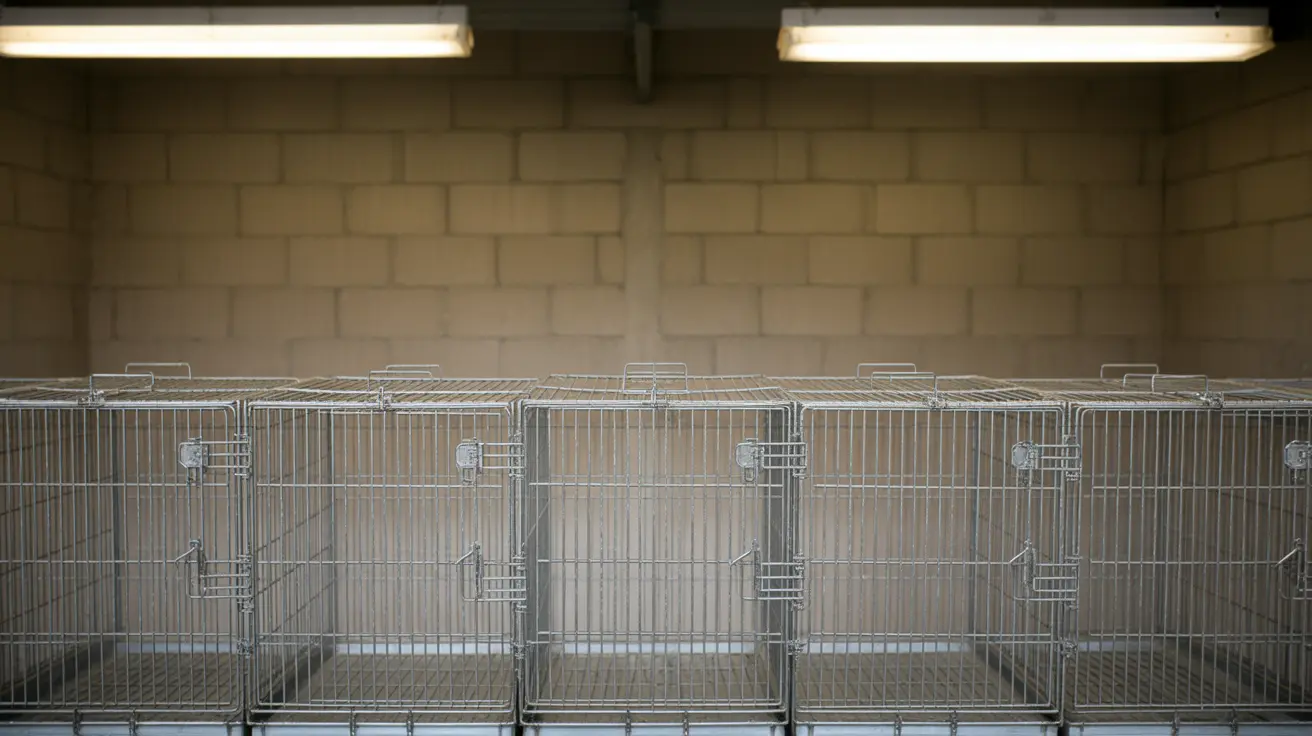The Most Unhealthy Foods for Cats: What to Avoid
Caring for your cat’s diet is one of the most crucial aspects of pet ownership. While choosing commercial pet foods that are nutritionally balanced is recommended, it’s also important to recognize which foods can be dangerous or unhealthy for cats. Providing the wrong types of food can lead to obesity, digestive issues, and even life-threatening conditions. Below are the most unhealthy foods to avoid when feeding your feline friend.
1. Raw Meat and Fish
Raw meat may seem natural for a carnivorous animal like a cat, but it carries significant risks:
- Bacterial infections: Uncooked meat can contain harmful bacteria such as Salmonella or E. coli, which can cause serious illness.
- Unbalanced nutrition: Raw food diets often lack appropriate levels of taurine, calcium, and other nutrients essential for a cat’s health.
2. Milk and Dairy Products
Although often depicted as a cat favorite, most cats become lactose intolerant after weaning, making milk a poor dietary choice.
- Can lead to diarrhea and digestive upset.
- High in sugar and fat, contributing to weight issues.
3. High-Fat Treats
Treats that are not designed for cats can be extremely high in calories and fat:
- Overfeeding such treats can lead to obesity.
- Some treats may contain additives or preservatives not suitable for felines.
4. Toxic Human Foods
Several human foods are outright dangerous and potentially fatal to cats:
- Onions and garlic — Contain compounds that can cause anemia in cats.
- Grapes and raisins — While effects are better known in dogs, they can also cause kidney failure in cats.
- Chocolate, caffeine, and alcohol — All are highly toxic to cats even in small amounts.
5. Excessive Treats and Table Scraps
Commercial cat treats should constitute no more than 10–15% of the daily calorie intake:
- Frequent feeding of extra snacks can lead to caloric excess.
- Disrupts balanced nutrition offered by regular meals.
6. Improper Feeding Methods
Feeding methods can also impact your cat’s health:
- Free feeding dry foods without portion control can foster overeating and obesity.
- Combination feeding—offering both wet and dry food—may lead to dieting imbalance if not carefully managed.
7. Homemade Diets Without Vet Guidance
Many owners may consider making their own cat food, but this requires expert knowledge:
- Hard to ensure nutritional balance—deficiencies in taurine, calcium, or essential fatty acids are common.
- Potential to include hazardous ingredients unknowingly.
How to Feed Your Cat Safely
To ensure optimal health for your cat, consider the following tips:
- Choose commercial cat foods labeled as “complete and balanced”.
- Look for products formulated for your cat's life stage, health needs, and preferences.
- Monitor portion sizes and consider meal feeding to better control intake and notice appetite changes.
- Provide fresh water at all times, and consider wet foods for improved hydration.
- Consult your veterinarian about special dietary needs or weight concerns.
Conclusion
A healthy feline diet means more than just avoiding unhealthy foods—it requires careful attention to portion control, nutritional balance, and feeding structure. Foods like raw meat, dairy, and toxic human treats are best avoided, while feeding routines and commercial options tailored to cat health offer the best long-term outcomes. Prioritize vet-reviewed choices and be cautious with treats and table scraps to help your cat live a long, healthy life.





